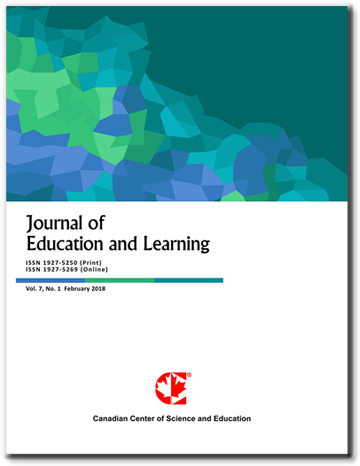Constructivist Learning Environment Model for Rectifying Secondary Students’ Misconceptions in Learning Science: Design Development and Validation Phases
- Taksina Sreelohor
- Sarawut Jakpeng
- Sumalee Chaijaroen
Abstract
This study aims to develop and validate a Constructivist Learning Environment Model to address secondary students’ misconceptions in learning Science. Employing a Design and Development approach (Richey & Klein, 2007), the research is conducted in two phases. Phase 1 focuses on model design, drawing from an extensive literature review to integrate five key components: psychological, pedagogical, misconceptions and concept change theory, media, and contextual factors. Phase 2 involves validation, with internal validity assessed through expert reviews and surveys, and external validity evaluated using pre-test and post-test measures on 60 high school students from Wangsammowittayakan School in Udonthani, Thailand. The results reveal modest improvements in student achievement, with the mean score on the achievement test rising from 32.43 (pre-test) to 34.63 (post-test), alongside a significant increase in students’ conceptual understanding, as evidenced by a mean score improvement on the conceptual change test from 11.70 to 13.50. This key contribution of the study is the development of a comprehensive model that systematically integrates psychological, pedagogical, misconceptions, media, and contextual components, offering an innovative and multifaceted approach to enhancing students’ understanding of complex scientific concepts and fostering conceptual change.
- Full Text:
 PDF
PDF
- DOI:10.5539/jel.v14n6p418
Journal Metrics
Google-based Impact Factor (2021): 1.93
h-index (July 2022): 48
i10-index (July 2022): 317
h5-index (2017-2021): 31
h5-median (2017-2021): 38
Index
Contact
- Grace LinEditorial Assistant
- jel@ccsenet.org
